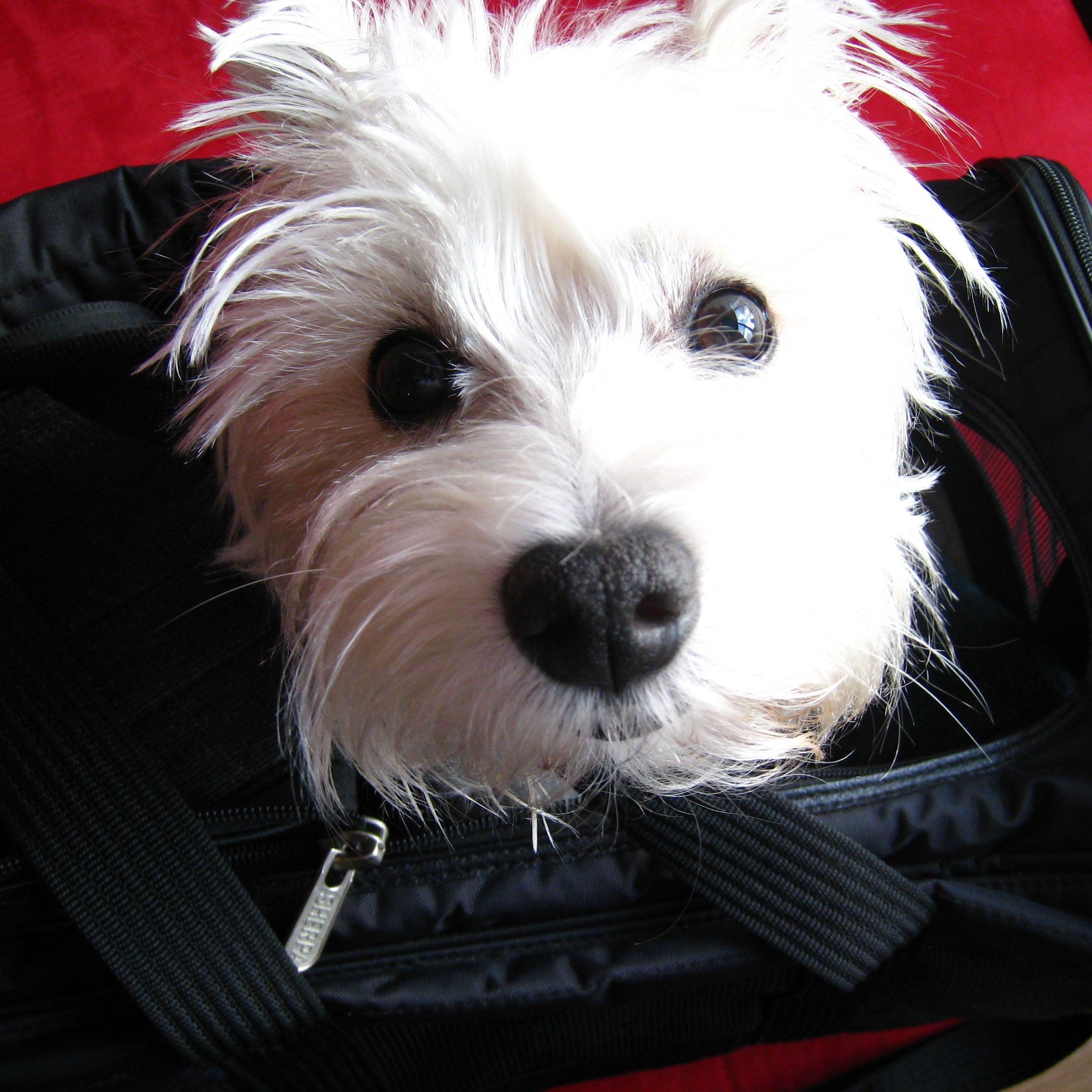Dog Days of Summer: Plan a Trip with Your Furry Friend
More and more dog owners are bringing their four-legged pals along on trips. You and your pooch can enjoy the companionship of the road and new environments, but like any family journey, this one takes preparation. To ensure your road trip with your furry companion remains safe and enjoyable, follow the tips below.
There are several key steps in preparing your dog for a safe and pleasant journey, according to our travel writer. (Photo courtesy of Candyce H. Stapen)

Make the most of your road trips this summer by taking along your best friend. To meet the growing demand for canine travelers, many hotels now accept dogs, even if the properties tag on hefty fees. Several chains — including Red Roof, Kimpton and Motel 6 — accept pets with little or no added fees.
Acclimate your dog
Make sure your dog feels comfortable in your vehicle, a process that takes time, particularly if he or she has travel anxiety. Drive to the park or playground so your pet has positive associations with the car.
Do not feed your dog for two hours prior to a ride to minimize the chance of motion sickness.
Get your dog accustomed to blaring horns, bus noises and other city sounds by walking her in crowded areas before the trip. You want to be sure your dog does not scare and bolt from you into traffic.
Check your dog’s collar. It should have your cell phone number, not home phone number. Microchipping your dog is highly recommended, and you may want to consider downloading a doggie first aid app on your phone.
What to pack
Keep a water bowl, bottle of water, leash, treats and waste bags near you. That way when you pull over in a safe place to water and walk your dog, the supplies are handy.
Have two dog collars and two leashes. I learned this the hard way when one of my dogs ripped her leash and the other lost her collar.
Bring a kennel and crate pads for sleep.
Pack grooming supplies, toys and any medications your dog takes.
Take food and treats.
Stow a doggy medical kit in the trunk. This is not too different from one for humans except for the canine-specific medications.
Consider an insect-repellant dog vest if headed to the woods or other places likely to have mosquitoes and other bugs.
Be sure to have a photo of your dog in case she gets lost.
In the Car
Dogs are safest in the back seat. Small pups can ride in a crate, but bigger dogs require a pet safety harness.
Do not allow your dog to stick her head out the car window. Debris can fly in her eyes and she can get hurt by a close encounter with another car.
On the Road
Stop every two or three hours so your dog can relieve himself and stretch his legs.
Patience counts. It may take Fido extra time to feel comfortable enough to “go” on a non-grassy patch or an unfamiliar one.
Enjoy discovering new places with your dog, whose wagging tail will quickly win over strangers.